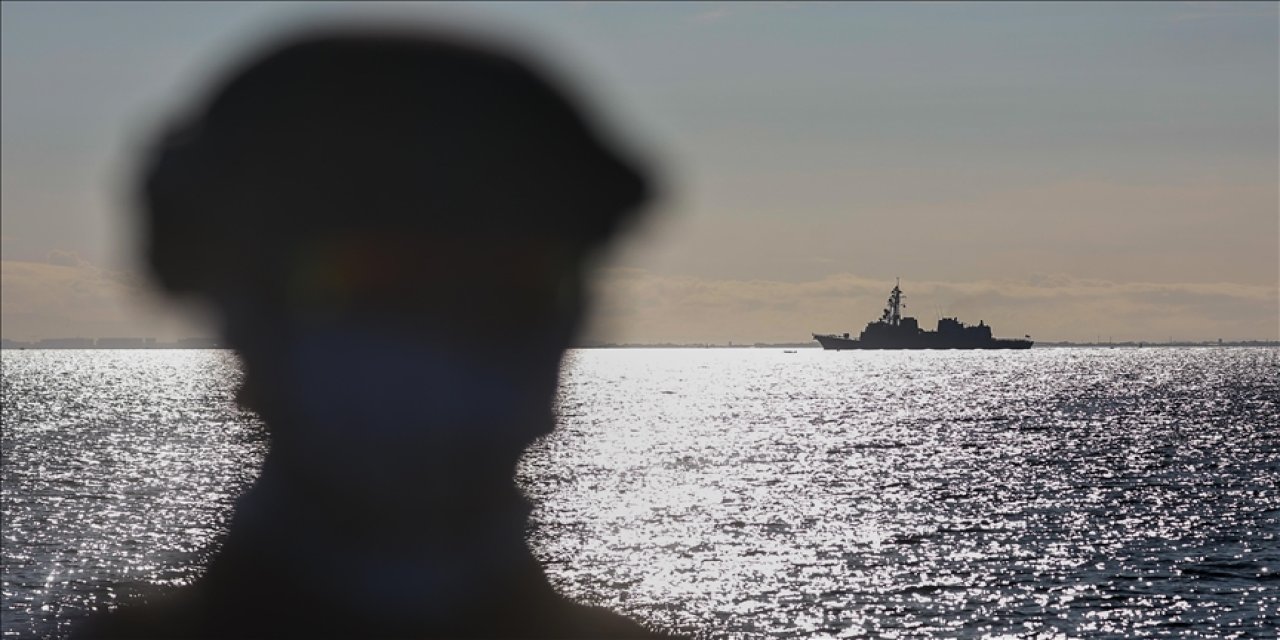
As Europe battles blazes, experts warn wildfires now a year-round threat
As of July 20, more than 438,800 acres of land in EU region scorched by wildfires this year, according to European Forest Fire Information System
By Rabia Ali
ISTANBUL (AA) – As Europe swelters under scorching heat, the effects of what has been a spell of record-shattering weather are clear to see in the wildfires raging in different parts of the continent.
Now experts are warning that Europe’s “fire season” is no longer a period of months, but instead a yearlong affair.
“For the EU, the fire season used to be just July, August, September, but now it has extended to the full year, with peaks of fire activity in nearly all the months of the year in different regions of Europe,” an expert from the European Commission’s Joint Research Center told Anadolu in an email interview.
The scale of destruction in European countries is also on the rise, with fires becoming more intense and extreme.
For instance, nearly 90,000 hectares (222,400 acres) of land was destroyed by fires in EU countries in March 2022, but the figure for March this year was nearly 100,000 hectares (247,100 acres), the expert.
When it comes to causes, humans lead by all counts and account for almost all of the outbreaks, according to Peter Moore, a fire management specialist and consultant for the UN’s Food and Agriculture Organization.
“About 90% of ignition is from people using fire on purpose to achieve something,” Moore told Anadolu in a video interview.
These activities include preparing land for agriculture, clearing agricultural residue, and clearing pastures for livestock, he explained, adding that these are deeply rooted human practices that have been carried out for centuries.
However, when unfavorable weather conditions, such as strong winds, coincide with these ignitions, the fires can quickly spiral out of control, he said.
“Wind is the worst thing. People talk about temperatures, you know, these 42, 47 degrees Celsius (107, 116 degrees Fahrenheit) in these records … but wind is by far the biggest influence on fires and their behavior,” said Moore.
Citing examples, Moore said in parts of Italy and Greece, as well as in the 2021 wildfires in Türkiye, wind emerged as a strong factor.
Once the wind stops or reduces, it becomes more likely that the blaze can be controlled, he added.
- Land abandonment and changing landscapes
Another significant factor in the wildfires ravaging countries such as Italy, Spain, Portugal, Greece, and Türkiye is land abandonment.
Over the years, these countries experienced major demographic changes in their countryside, which has led to fuels being amassed in these areas, explained Moore.
“Years and years ago, most of the population lived in this landscape. They were farming livestock and they were growing crops. Because they were living there, the landscape wasn’t accumulating fuel. They were looking after it,” he said.
Population and demographic changes occurred as people moved to urban areas for employment, education, and other reasons.
“The fuel accumulation changes … When you get a dry season, strong winds and you get some ignitions, you’ve got fewer people who’ve done less activity and you have more fuel. So, you have a bigger problem,” he said.
In western and northern Europe, land abandonment has already taken place, but the way the landscape is being managed is changing, he added.
“Countries like Germany, for instance, or Switzerland, they’re starting to have fires. Norway had a very bad fire season about three or four years ago. These countries are starting to experience fires for those same reasons,” said Moore.
- Danger ‘expected to worsen’
Numerous countries in Europe are grappling with wildfires this year, with Greece the worst affected one at the moment, while Spain, France, Italy, Croatia, Germany, Poland, and the Czech Republic among the others.
According to the European Forest Fire Information System (EFFIS), around 177,557 hectares (438,800 acres) of land had been burnt in the EU by July 20, “which is slightly above the average of the last decades.”
Climate change is altering the dynamics of wildfires, which are becoming more frequent in countries in central and northern Europe compared to previous years, said the expert from the European Commission’s Joint Research Center.
Wildfires have always been normal in the Mediterranean region, due to its climatic conditions and droughts during the summer, the official said.
“Fires are becoming more common in areas where they were not so common, such as central and northern Europe,” the expert said.
The EFFIS said it “does foresee more fires, as fire danger conditions are expected to worsen under climate change scenarios.”
However, since most fires are caused by humans, there is “large room for reducing the non-climatic factors of fire danger, such as number of ignitions, better education and awareness about fires, and management of fuels (vegetation) on the ground to limit the intensity of the fires and facilitate firefighting interventions,” it added.
Kaynak:![]()
This news has been read 819 times in total









Türkçe karakter kullanılmayan ve büyük harflerle yazılmış yorumlar onaylanmamaktadır.